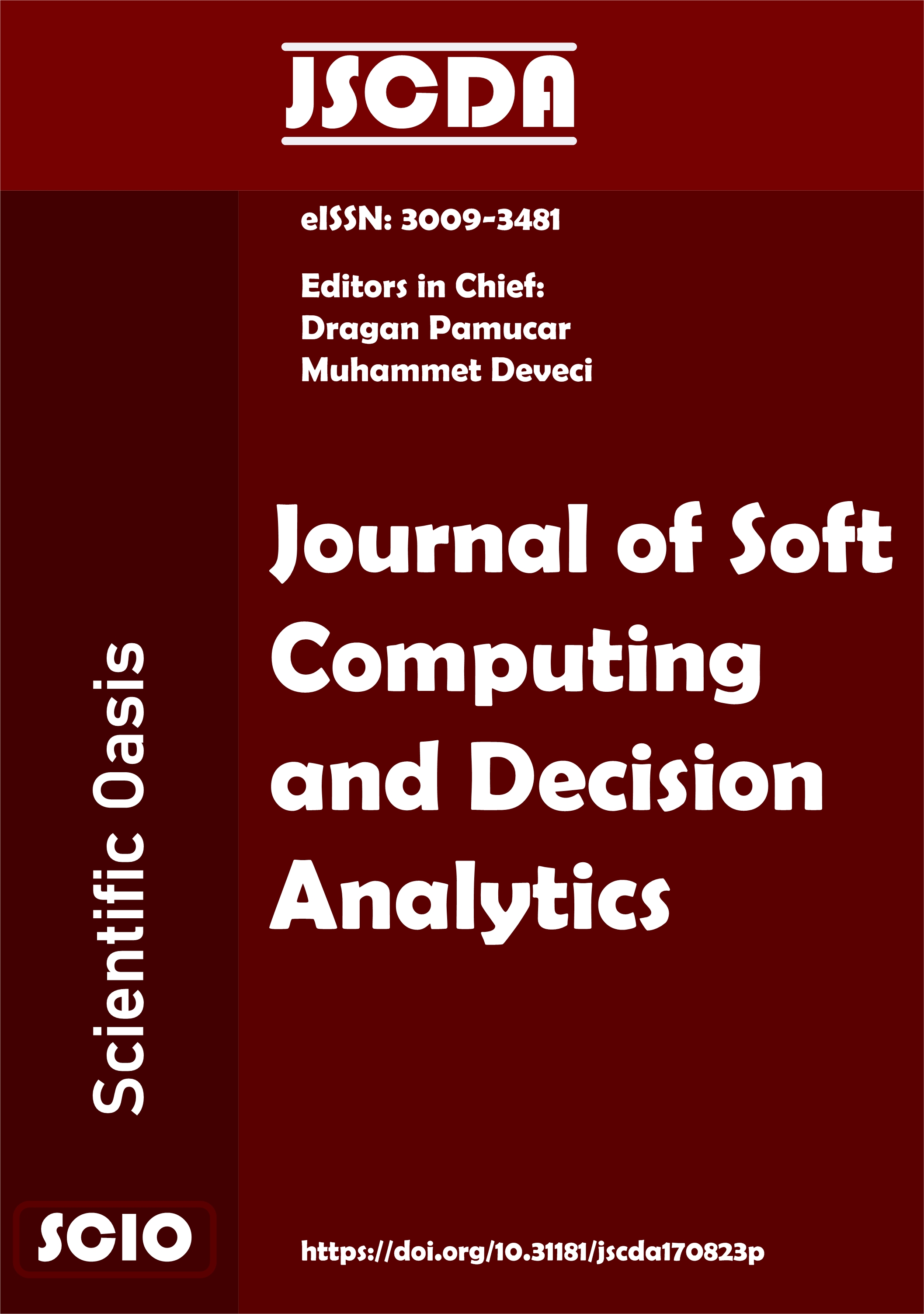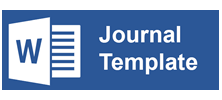Investigation the Effect of Covıd-19 Pandemic in The Sales for Online Education Using Machine Learning Methods
DOI:
https://doi.org/10.31181/jscda11202322Keywords:
Sale forecasting, Machine Learning, Decision analytics, COVID 19Abstract
Due to the pandemic which is the cause of the COVID-19 virus that emerged in 2019, many educational institutions had to follow online (remote) education. The situation in which the content of the pandemic occurred was also the reason for the education preferences of the users. The aim of this study is to analyze the effect of the pandemic, which includes the number of registered users of one of the online education platforms operating in Turkey thanks to machine learning, on distance education sales, and to create strategies by making sales forecasts for the future. Seven independent and one dependent variable were used to make sales forecasts using the data of the education structure. For accurate modelling, machine learning methods were first applied for decision analytics in a univariate manner and then multivariate applied and the applied methods were tested for error. By testing the success of the prediction models created with machine learning used in the study; 91.43% for support vector machine (SVM), 92.02% for multi-layer perceptron (MLP), and 96% for Long / Short Term Memory (LSTM). K-Folds cross validation method was also used for the success return of the established model.
References
Alhothali, A., Albsisi, M., Assalahi, H., & Aldosemani, T. (2022). Predicting student outcomes in online courses using machine learning techniques: A review. Sustainability, 14(10), 6199. https://doi.org/10.3390/su14106199
Bohanec, M., Borštnar, M. K., & Robnik-Šikonja, M. (2017). Explaining machine learning models in sales predictions. Expert Systems with Applications, 71, 416-428. https://doi.org/10.1016/j.eswa.2016.11.010
Çakmak, T., Tekin, A. T., Şenel, Ç., Çoban, T., Uran, Z. E., & Sakar, C. O. (2019). Accurate Prediction of Advertisement Clicks based on Impression and Click-Through Rate using Extreme Gradient Boosting. ICPRAM 2019 - 8th International Conference on Pattern Recognition Applications and Methods, 1, 621–629. https://doi.org/10.5220/0007394306210629
Cervantes, J., Garcia-Lamont, F., Rodríguez-Mazahua, L., & Lopez, A. (2020). A comprehensive survey on support vector machine classification: Applications, challenges and trends. Neurocomputing, 408, 189-215. https://doi.org/10.1016/j.neucom.2019.10.118
Chen, T., Peng, L., Yin, X., Rong, J., Yang, J., Cong, G. (2020). Analysis of User Satisfaction with Online Education Platforms in China during the COVID-19 Pandemic. Healthcare, 8(3), 200. https://doi.org/10.3390/healthcare8030200
Cui, Y., Ma, Z., Wang, L., Yang, A., Liu, Q., Kong, S., & Wang, H. (2023). A survey on big data-enabled innovative online education systems during the COVID-19 pandemic. Journal of Innovation & Knowledge, 8(1), 100295. https://doi.org/10.1016/j.jik.2022.100295
George, D. and Mallery, P. (2006). SPSS for Windows Step by Step: A Simple Guide and Reference, 13.0 Update, Pearson A & B, Boston, MA.
Hemmat Esfe, M., & Toghraie, D. (2021). An optimal feed-forward artificial neural network model and a new empirical correlation for prediction of the relative viscosity of Al2O3-engine oil nanofluid. Scientific Reports, 11(1), 17072. https://doi.org/10.1038/s41598-021-96594-z
Karaatlı, M., Helvacıoğlu, Ö. C., Ömürberk, N., & Tokgöz, G. (2012). Yapay Sinir Ağları Yöntemi ile Otomobil Satış Tahmini. Uluslararası Yönetim İktisat ve İşletme Dergisi, 8, 87–100. https://doi.org/10.11122/ijmeb.2012.8.17.290
Kotsiantis, S., Pierrakeas, C., Pintelas, P. (2004). Predicting Students' Performance in Distance Learning Using Machine Learning Techniques. Applied Artificial Intelligence, 18(5), 411-426. https://doi.org/10.1080/08839510490442058
Kurani, A., Doshi, P., Vakharia, A., & Shah, M. (2023). A comprehensive comparative study of artificial neural network (ANN) and support vector machines (SVM) on stock forecasting. Annals of Data Science, 10(1), 183-208. https://doi.org/10.1007/s40745-021-00344-x
Lalmuanawma, S., Hussain, J., Chhakchhuak, L. (2020). Applications of machine learning and artificial intelligence for Covid-19 (SARS-CoV-2) pandemic: A review. Chaos, Solitions & Fractals, 139, 110059. https://doi.org/10.1016/j.chaos.2020.110059
Lewis, C. D. (1982). Industrial and business forecasting methods: A practical guide to exponential smoothing and curve fitting.
Liu, W., Pan, J., Ren, Y., Wu, Z., & Wang, J. (2020). Coupling prediction model for long‐term displacements of arch dams based on long short‐term memory network. Structural Control and Health Monitoring, 27(7), e2548. https://doi.org/10.1002/stc.2548
Mirzaei, S., Kang, J. L., & Chu, K. Y. (2022). A comparative study on long short-term memory and gated recurrent unit neural networks in fault diagnosis for chemical processes using visualization. Journal of the Taiwan Institute of Chemical Engineers, 130, 104028. https://doi.org/10.1016/j.jtice.2021.08.016
Munir, H., Vogel, B., & Jacobsson, A. (2022). Artificial intelligence and machine learning approaches in digital education: a systematic revision. Information, 13(4), 203. https://doi.org/10.3390/info13040203
Ness, K. L., Paul, A., Sun, L., & Zhang, Z. (2022). Towards a generic physics-based machine learning model for geometry invariant thermal history prediction in additive manufacturing. Journal of Materials Processing Technology, 302, 117472. https://doi.org/10.1016/j.jmatprotec.2021.117472
Parthiban, K., Pandey, D., & Pandey, B. K. (2021). Impact of SARS-CoV-2 in online education, predicting and contrasting mental stress of young students: a machine learning approach. Augmented Human Research, 6(1), 10. https://doi.org/10.1007/s41133-021-00048-0
Ryu, E. (2011). Effects of skewness and kurtosis on normal-theory based maximum likelihood test statistic in multilevel structural equation modeling. Behavior research methods, 43(4), 1066-1074. https://doi.org/10.3758/s13428-011-0115-7
Sari, T., & Nayır, F. (2020). Challenges in distance education during the (Covid-19) pandemic period. Qualitative Research in Education, 9(3), 328-360. https://doi.org/10.17583/qre.2020.5872
Sharifzadeh, M., Sikinioti-Lock, A., & Shah, N. (2019). Machine-learning methods for integrated renewable power generation: A comparative study of artificial neural networks, support vector regression, and Gaussian Process Regression. Renewable and Sustainable Energy Reviews, 108, 513-538. https://doi.org/10.1016/j.rser.2019.03.040
Shi, X., Chen, Z., Wang, H., Yeung, D. (2015). Convolutional LSTM Network: A Machine Learning Approach for Precipitation Nowcasting.
Simeon, J. O., Emmanuel, C. A., Tosin, J. O., & Zubairu, S. A. (2022). Virological and immunological consequences of Covid-19 pandemic distribution across different countries; A seven days update study. International Journal of Advances in Engineering and Management (IJAEM) Volume, 4, 871-883.
Song, X. F., Zhang, Y., Gong, D. W., & Gao, X. Z. (2021). A fast hybrid feature selection based on correlation-guided clustering and particle swarm optimization for high-dimensional data. IEEE Transactions on Cybernetics, 52(9), 9573-9586. https://doi.org/10.1109/TCYB.2021.3061152
Turan, R. (2022). Online History Lessons Conducted during the Emergency Remote Teaching Process in Turkey: A Review of Teachers' Opinions. International Online Journal of Education and Teaching, 9(4), 1875-1899.
Villegas-Ch, W., Román-Cañizares, M., & Palacios-Pacheco, X. (2020). Improvement of an online education model with the integration of machine learning and data analysis in an LMS. Applied Sciences, 10(15), 5371. https://doi.org/10.3390/app10155371
Wong, W. K., & Guo, Z. X. (2010). A hybrid intelligent model for medium-term sales forecasting in fashion retail supply chains using extreme learning machine and harmony search algorithm. International Journal of Production Economics, 128(2), 614-624. https://doi.org/10.1016/j.ijpe.2010.07.008
World Health Organization, WHO announces COVID-19 outbreak a pandemic. https://www.euro.who.int/en/health-topics/health-emergencies/coronavirus-covid-19/news/news/2020/3/who-announces-covid-19-outbreak-a-pandemic (Last accessed : 12.03.2020)
Xu, Y., Klein, B., Li, G., & Gopaluni, B. (2023). Evaluation of logistic regression and support vector machine approaches for XRF based particle sorting for a copper ore. Minerals Engineering, 192, 108003. https://doi.org/10.1016/j.mineng.2023.108003
Zhang, H., Xu, J., Qian, L., & Qiu, J. (2021, December). Prediction of the COVID-19 spread in China based on long short-term memory network. In Journal of Physics: Conference Series (Vol. 2138, No. 1, p. 012015). IOP Publishing. https://doi.org/10.1088/1742-6596/2138/1/012015
Downloads
Published
Issue
Section
License
Copyright (c) 2023 Scientific Oasis

This work is licensed under a Creative Commons Attribution-NonCommercial-NoDerivatives 4.0 International License.
















